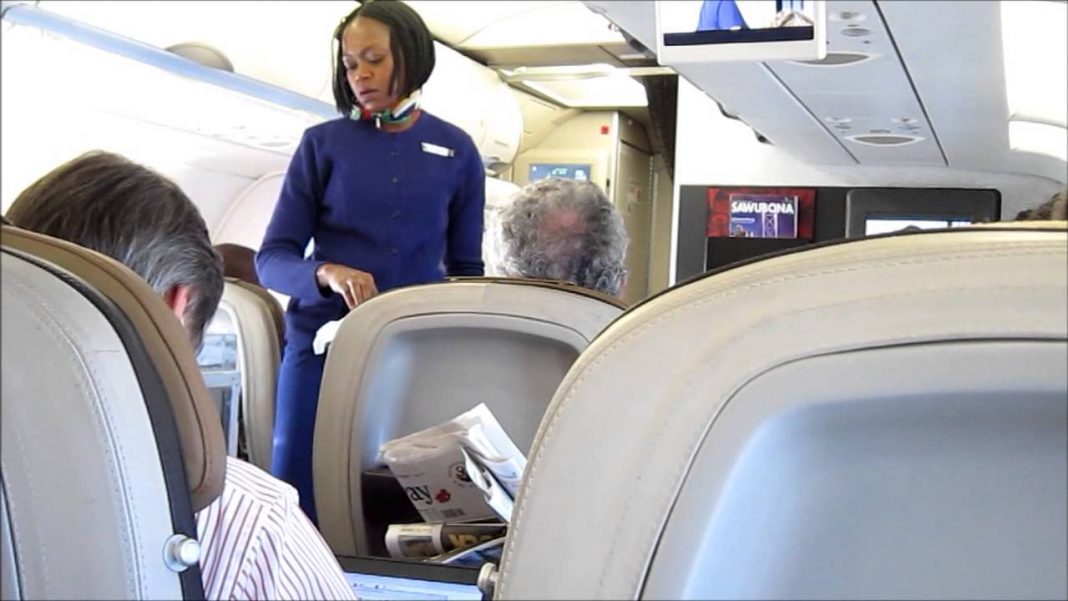Thebe Mabanga
The new airline to replace South African Airways (SAA) should be ready “in a matter of weeks” for presentation to Cabinet for approval.
This is according to Kgathatso Tlhakudi, the acting Director General of the Department of Public Enterprises, who spoke to Inside Politics during the weekend when government confirmed that it has appointed aviation consultants to help design the new entity.
“That is the kind of time we have” Tlhakudi said of the timeframe available to set up the new entity by “extracting” some of SAA assets, including a portion but not necessarily all of its staff.
SAA was placed in Business rescue by government in December last year and last Friday was the deadline for 4700 workers to accept a severance package offer from Business Rescue Practitioners Siviwe Dongwana and Les Matuson.
Government appears to have given up trying to save SAA, the national carrier that has been operational for the past 86 years and which between 2008 and 2019, received R 22 billion in bailouts and was set to draw on R 16,4 billion over the next three years according to the Budget Review.
Tlhakudi painted a picture of an airline that has been in decline for the past 20 years, a period during which he estimates that it made a profit in less than five of those years.
He notes that SAA is saddled with a huge fixed cost base and a shrinking operation footprint that could not carry those costs.
The issues include legacy contracts for pilots, whose salaries were internationally benchmarked and dollar based to avoid being poached by international rivals.
“So you now had pilots with declining productivity due to fewer routes being paid on those terms”.
During the current negotiations, it emerged that a severance package would cost about R 3 billion. Of that, more than half, or bout R 1,8 billion, was said to be for pilots.
Tlhakudi said SAA was a dominant player also “caught napping” by a changing competition landscape both on the domestic and regional front where new players like Kulula have entered and SAA has seen its market share shrink to less than 10% of the domestic market and on the international front, where Middle Eastern airlines like Emirates have entered the fray.
“The airline also operated the wrong type of aircraft on long leases on certain routes and we as government also made the wrong appointments at board and executive level” says Tlhakudi.
All this resulted in profitable routes carrying the load of other routes and marginal routes becoming loss making.
Tlhakudi said the consultants have been engaged “to develop a business and design an operational model” for the new airline.
“This entail deciding what routes to service what aircraft to use to control maintenance costs and what our African route network should be” says Tlhakudi.
Their plan will then be used to appoint transaction advisers who will then engage the private sector and other airlines for funding and a strategic equity partner to inject private money and skills.
In 2000, SAA had Swiss Air as a 30% Strategic Equity Partner, which collapsed in the wake of the September 2001 attacks in the United States.
He notes that regional routes in Southern Africa as well as flights to South Africa’s second tier cities like Nelspruit and Umthatha are expensive because of the dominance of private players that have developed into what he calls “monoplolistic” behaviour.
He notes the importance of servicing routes such as Johannesburg to Kimberley, for the Northern Cape’s economic participation.
Tlhakudi reiterated the importance for South Africa to have a national carrier.
“We are a long haul destination with a need for linkages with key investment destinations” he says noting how countries like Australia and New Zealand, also ling haul destinations, have left this imperative to private operators and this has not worked.
South America is also fraught with airline bankruptcies but leaving connectivity to private players leaves consumers faced with higher prices.
The carrier can also address poor connectivity of Africa’s key economic hub, which the African Development Bank notes are poorly serviced due to long distances between them.
Only 2% of Africa’s air cargo traffic is carried by African airlines, according to the ADB. Tlhakudi says the department will brief cabinet regularly on the progress made on launching the new airline.

